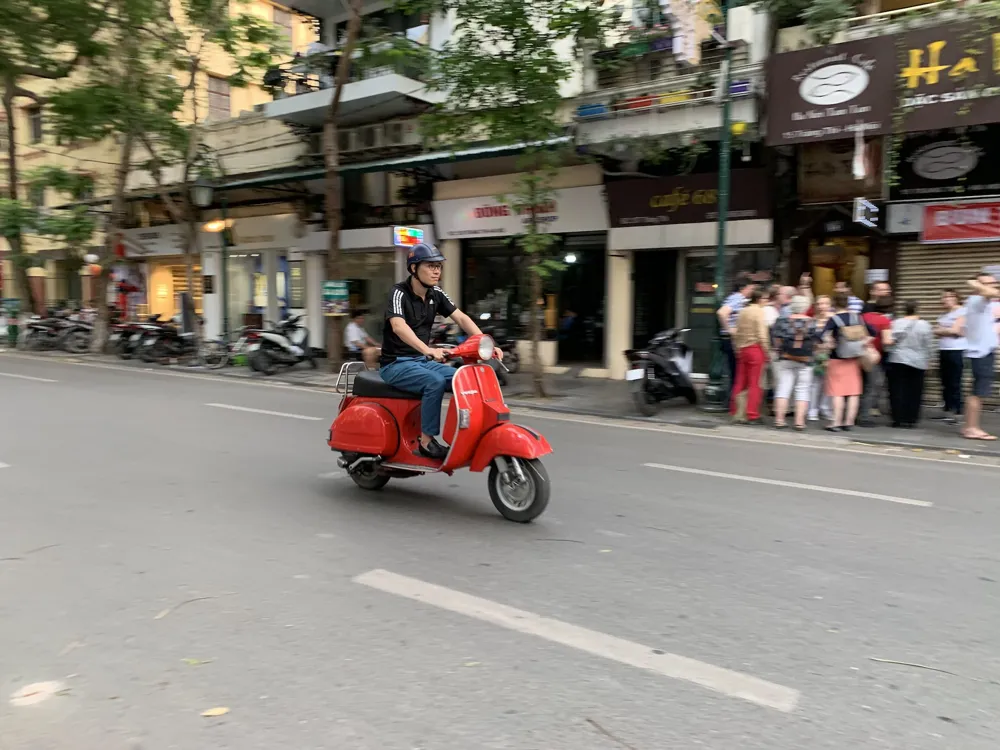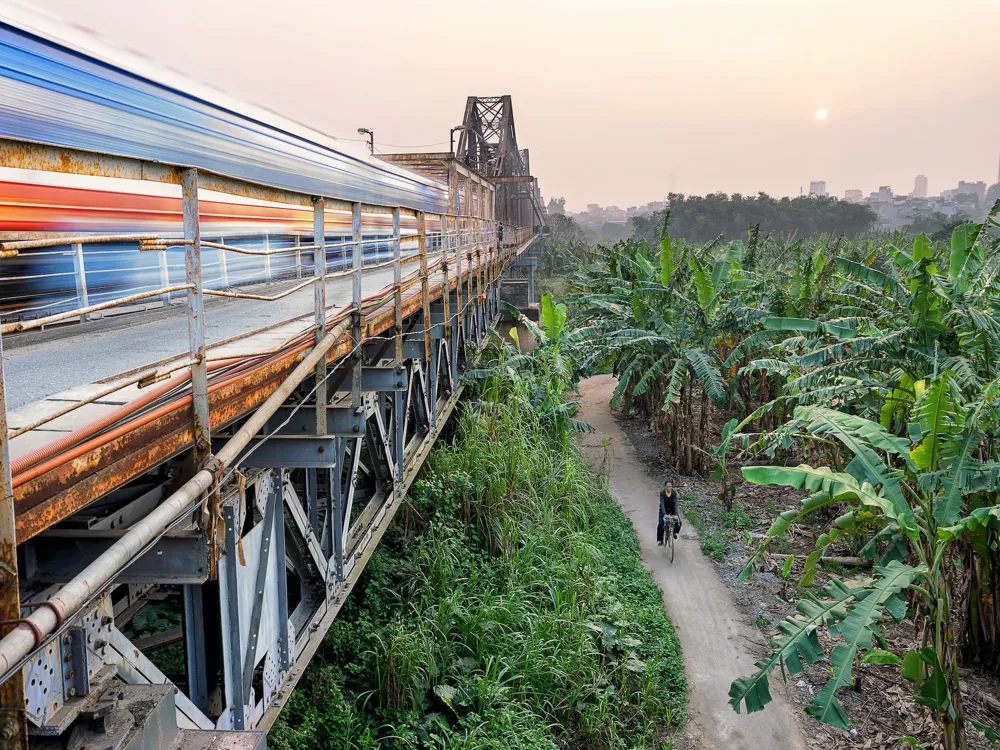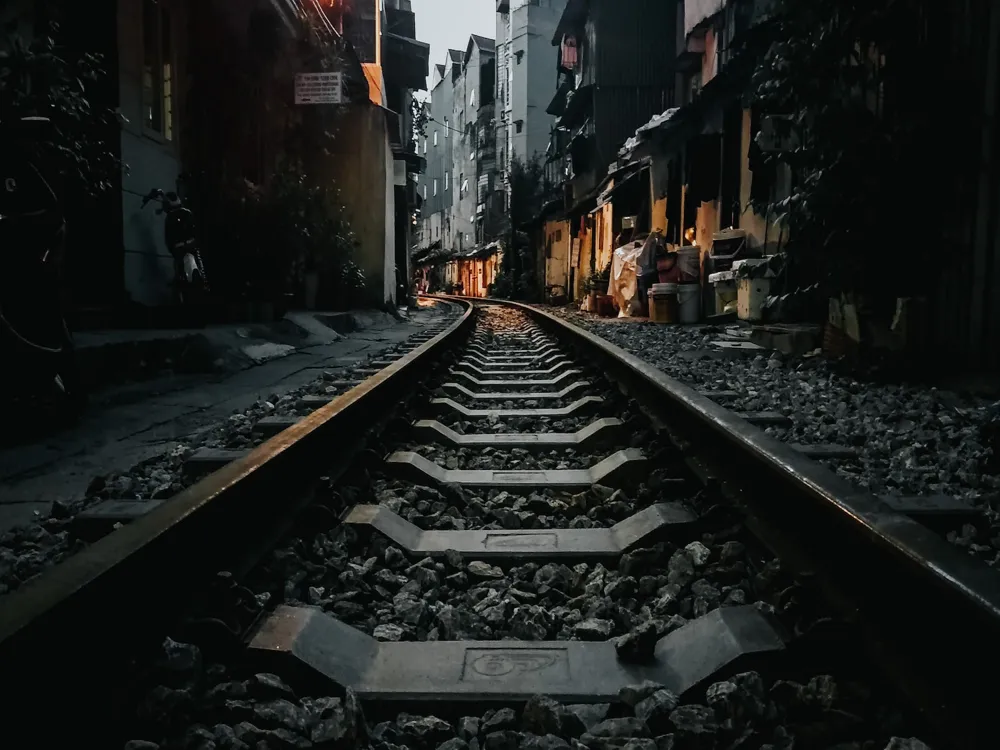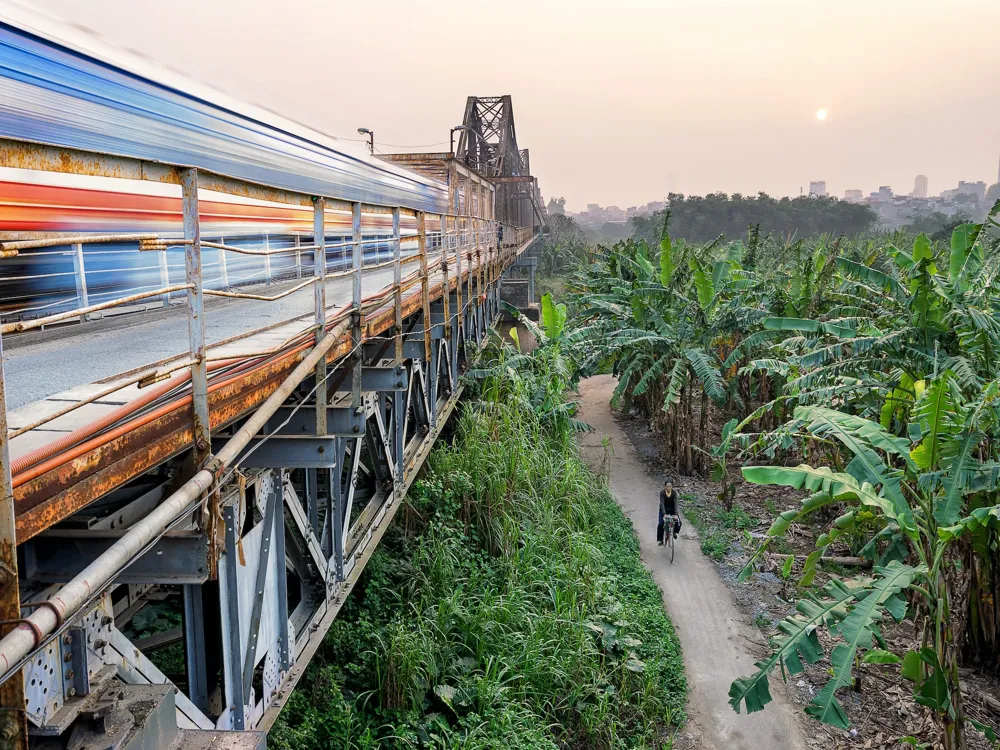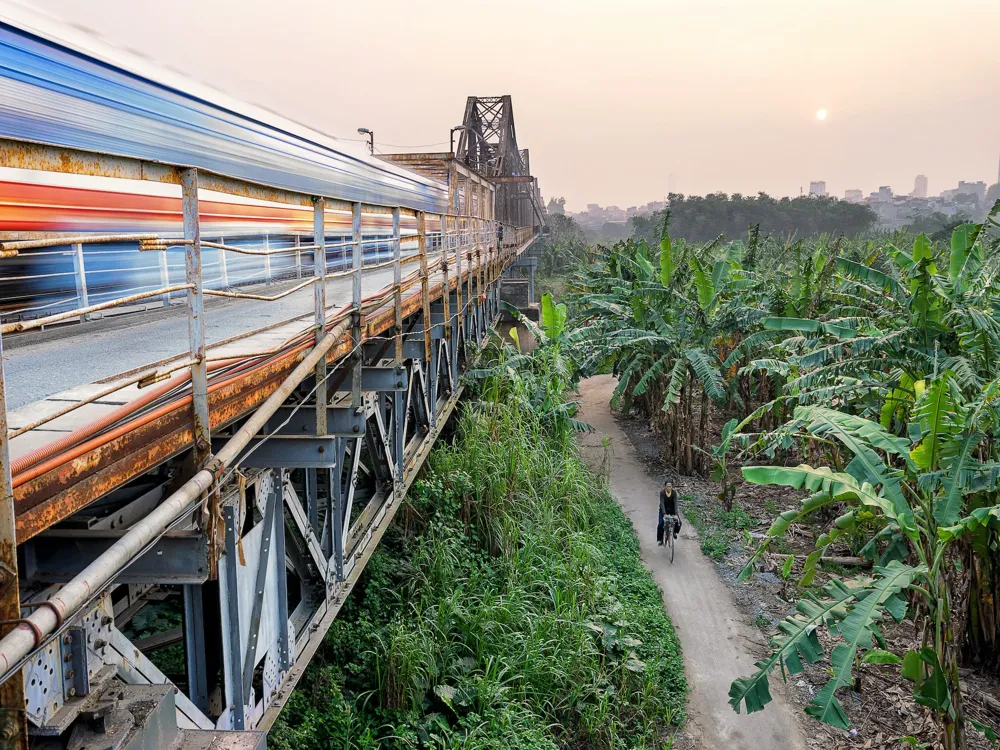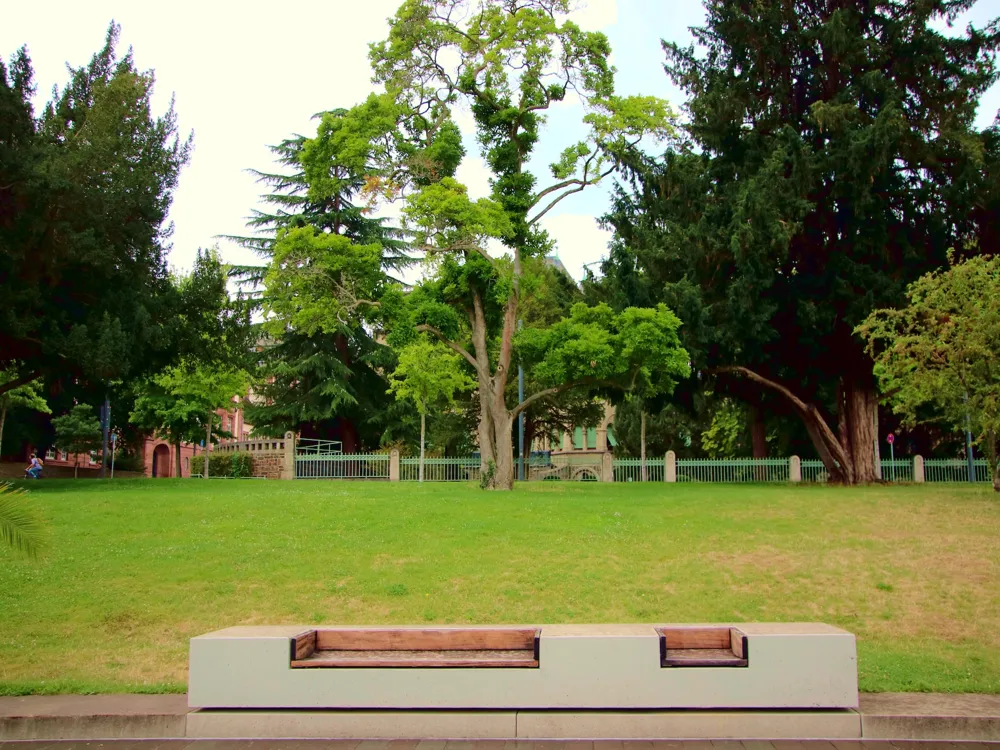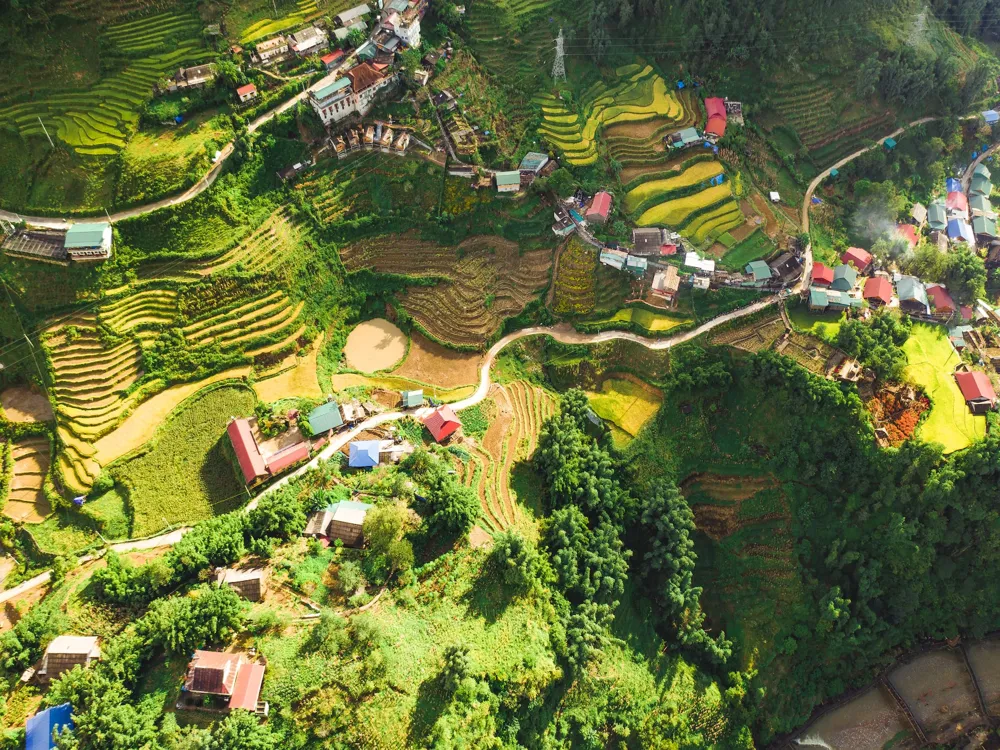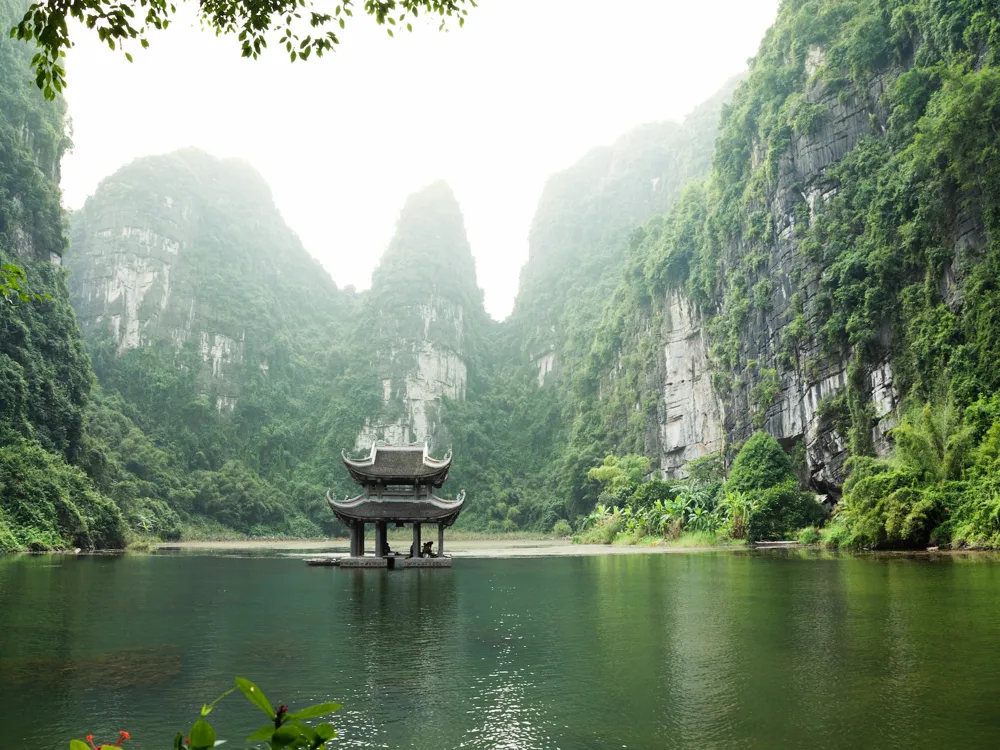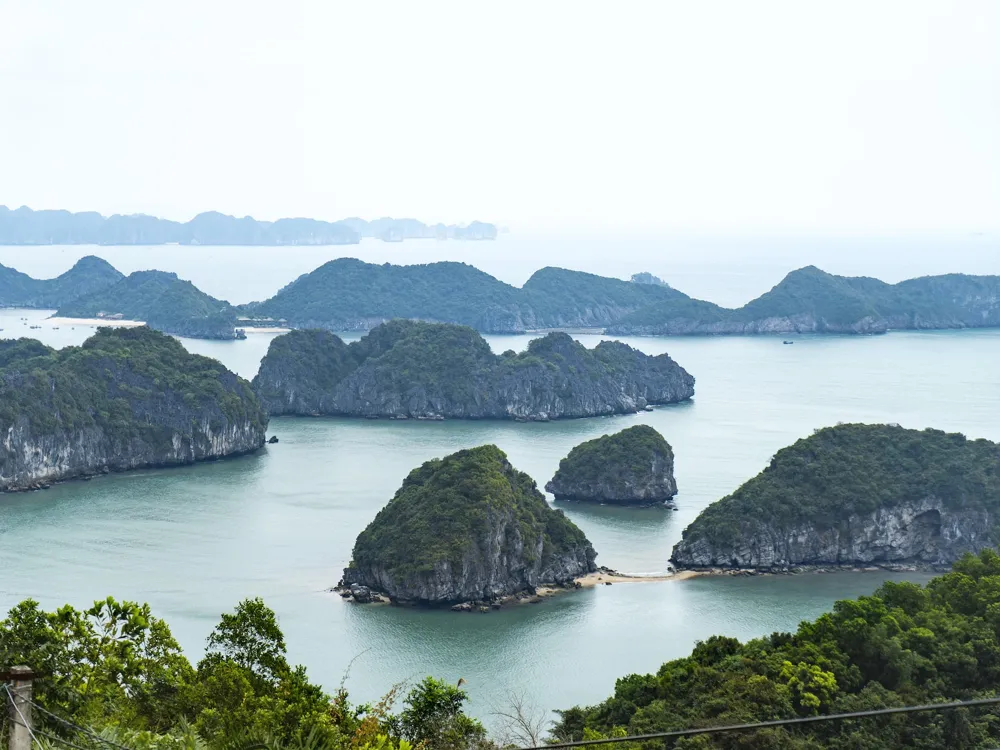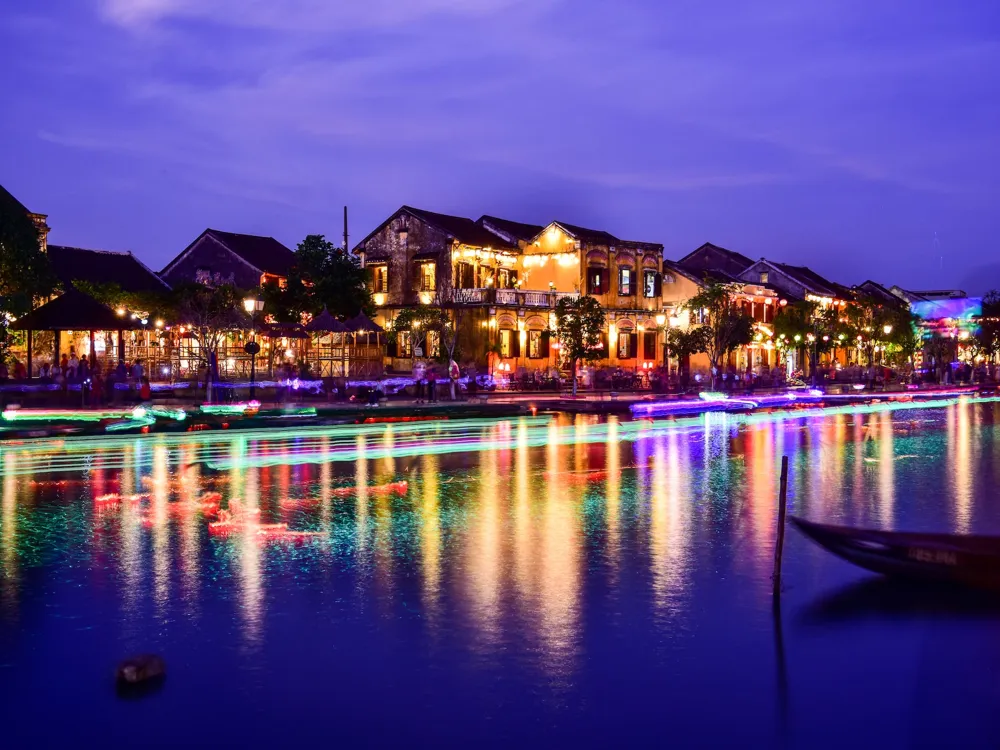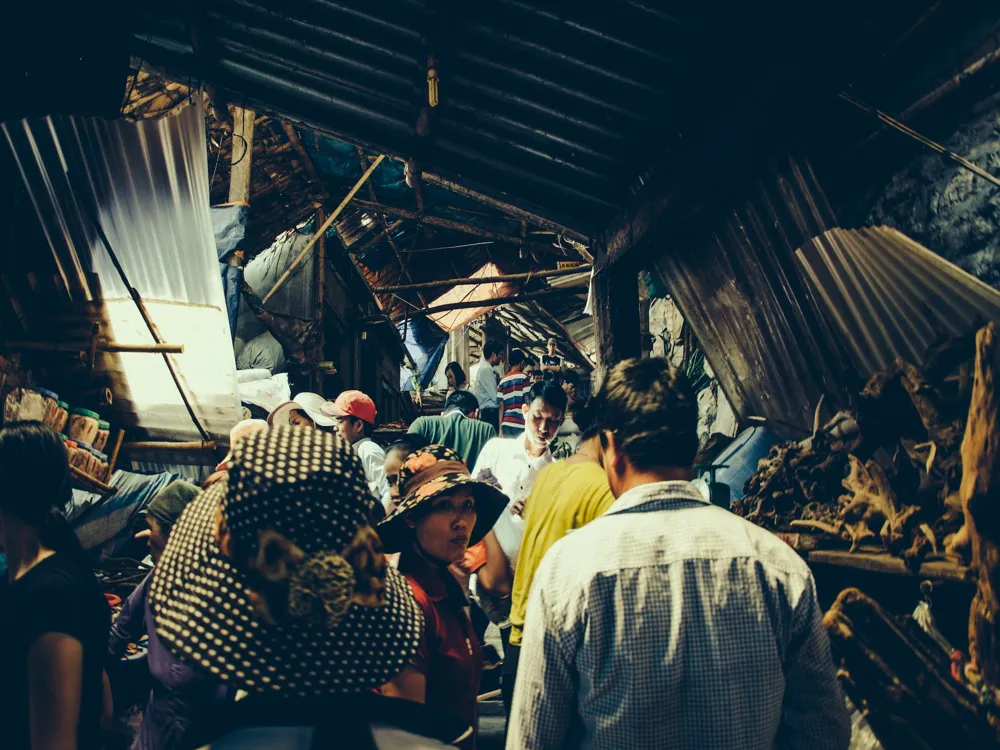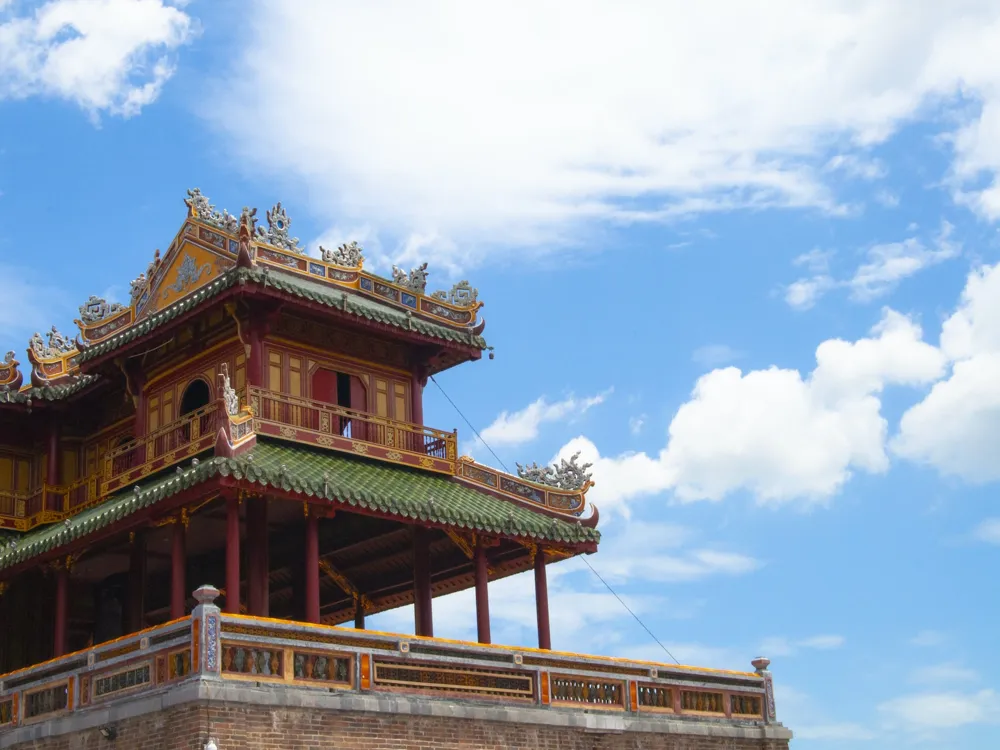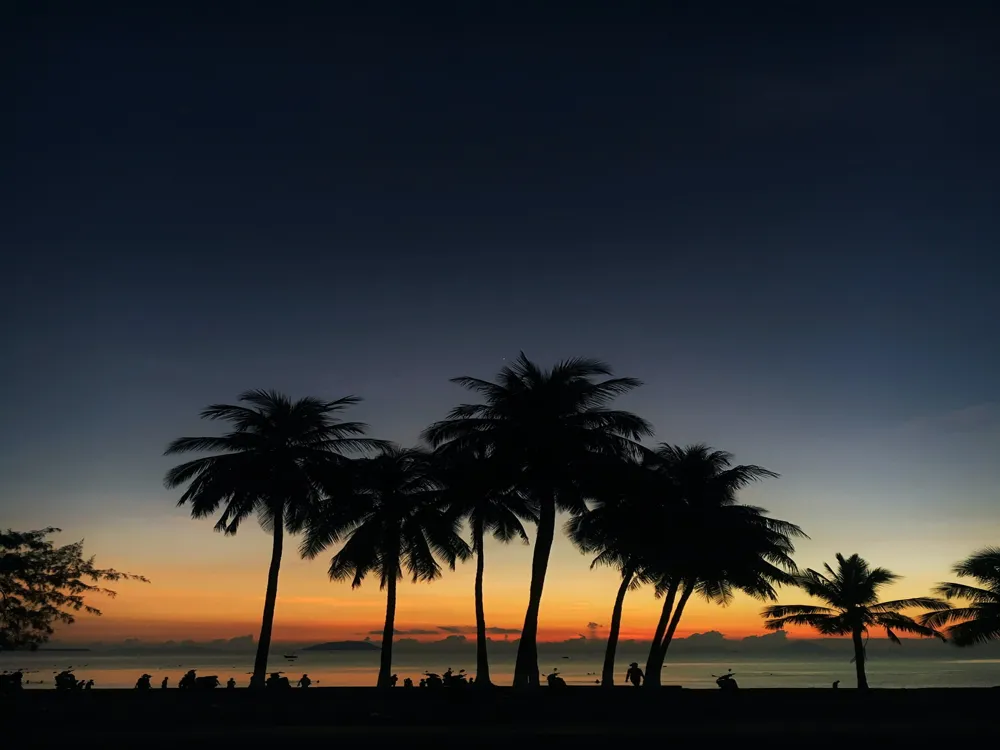Hanoi, the vibrant capital city of Vietnam, is a mesmerizing blend of Eastern and Western cultures, a reflection of its rich history. Founded over a thousand years ago within the Red River Delta, Hanoi has been the epicenter of Vietnamese culture, politics, and commerce, witnessing numerous changes through centuries, from dynastic rule to colonial times, and now, modern development. This city is not just a geographical location, but a tapestry of Vietnamese life, a place where the past coexists with the present. The city's landscape is a colorful collage of architectural marvels, from ancient temples and French colonial buildings to modern skyscrapers. Hanoi's streets are a hive of activity, with the bustling traffic, vibrant markets, and street food vendors offering a sensory feast. The city is a juxtaposition of serene lakes, shaded boulevards, verdant parks, and noisy, narrow alleyways. It's a place where one can witness the old-world charm in the Old Quarter and the dynamic growth of a rapidly developing city in its newer areas. Hanoi is not only about its physical landscape; it's about the people and their culture. The city is a hub for traditional Vietnamese arts, including music, painting, and literature. It's home to iconic historical sites such as the Ho Chi Minh Mausoleum, the Imperial Citadel of Thang Long, and the Temple of Literature, each narrating a part of Vietnam's rich history and cultural heritage. Hanoi's culinary scene is another aspect that defines the city. It's a place where food is not just sustenance but a way of life. From the ubiquitous Pho (noodle soup) to Banh Mi (Vietnamese sandwich), Hanoi's food is a fusion of flavors and traditions. The city's cuisine reflects the influences of various cultures and times, making it a paradise for food enthusiasts. As Vietnam's capital, Hanoi is not just the political center but also the heart of Vietnamese education and innovation. It's a city that represents the aspirations of a nation, a place where tradition meets modernity, and where the future of Vietnam is being shaped. Hanoi's architecture is a testament to its rich history and cultural diversity. The city's buildings tell stories of different eras, from ancient Vietnamese dynasties to French colonial times, and now the contemporary period. Hanoi's architectural landscape is a blend of traditional Vietnamese designs, French colonial structures, and modern influences, creating a unique visual experience. The Old Quarter, with its narrow streets and ancient houses, reflects the traditional Vietnamese architecture. These buildings are characterized by their tube houses, a unique style adapted to the urban setting of Hanoi. The area is a living museum, showcasing the traditional way of Vietnamese life and commerce. French colonial architecture is another prominent feature in Hanoi's skyline. During their rule, the French left a significant architectural imprint on the city. Grand boulevards and elegant villas, with their distinct European style, were constructed, many of which still stand today. The Hanoi Opera House and St. Joseph's Cathedral are prime examples of this era, showcasing the fusion of French and Vietnamese architectural elements. In contrast, modern architecture in Hanoi is about skyscrapers and contemporary buildings, reflecting Vietnam's rapid development and urbanization. These structures represent the new face of Hanoi, a city that is looking towards the future while holding onto its past. Hanoi's architecture is not just about buildings; it's about the harmony between nature and urban spaces. The city is dotted with lakes, parks, and tree-lined streets, integrating green spaces within the urban environment. This harmony creates a unique ambiance, making Hanoi a city that is both lively and serene. Respect local customs and traditions. Dress modestly when visiting temples and religious sites. Learn a few basic Vietnamese phrases to interact with locals. The best time to visit Hanoi is during spring (February to April) or autumn (October to November) for pleasant weather and fewer tourists. Use local transportation like buses or taxis for longer distances. For shorter distances, walking or renting a bike can provide a more immersive experience. Try local street foods but eat at reputable places. Drink bottled water and be cautious with raw or undercooked foods. When shopping in local markets, don't hesitate to bargain. It's a part of the shopping culture in Vietnam. Hanoi is well-connected both internationally and within Vietnam. Noi Bai International Airport, located about 30 kilometers from the city center, serves as the main gateway for international travelers. Regular flights connect Hanoi with major cities around the world. For those traveling within Vietnam, trains and buses are efficient ways to reach Hanoi. The city's central railway station, Hanoi Railway Station, offers services to different parts of the country. Additionally, luxury and standard buses run frequently between Hanoi and other Vietnamese cities. Once in Hanoi, the city's public transportation system, including buses and the newly introduced metro, provides an easy and affordable way to navigate the city. Taxis and ride-hailing services like Grab are also readily available for more convenient travel within the city.Overview of Hanoi
Architecture of Hanoi
Tips When Visiting Hanoi
Understanding Local Customs
Best Time to Visit
Navigating the City
Food and Safety
Shopping and Bargaining
How To Reach Hanoi
Thanh Chuong Viet Palace
Hanoi
₹ 15,260 onwards
View hanoi Packages
Hanoi Travel Packages
View All Packages For Hanoi
Top Hotel Collections for Hanoi

Private Pool

Luxury Hotels

5-Star Hotels

Pet Friendly
Top Hotels Near Hanoi
Other Top Ranking Places In Hanoi
View All Places To Visit In hanoi
View hanoi Packages
Hanoi Travel Packages
View All Packages For Hanoi
Top Hotel Collections for Hanoi

Private Pool

Luxury Hotels

5-Star Hotels

Pet Friendly







